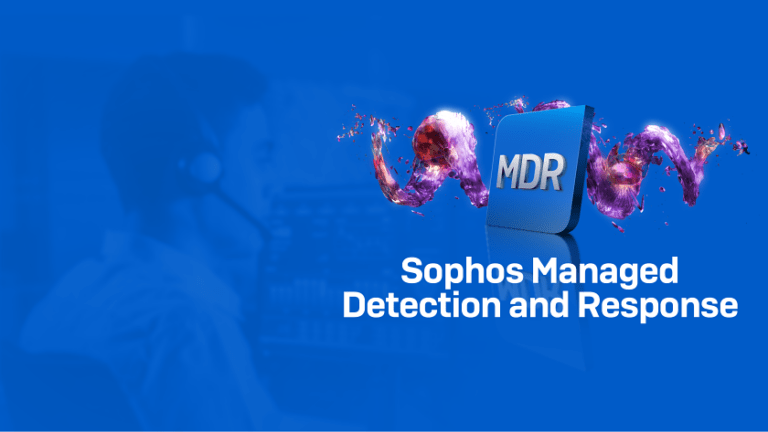How AI Can Enhance Cybersecurity and Protect Your Business from Cyber Threats

Businesses rely largely on technology to carry out daily tasks in this digital age. However, there is a higher risk of cyber threats as a result of our growing reliance on technology.
For businesses of all sizes, cybersecurity is a major worry since cyberattacks may lead to data breaches, financial losses, and even reputational damage.
Artificial Intelligence (AI) can assist improve cybersecurity and shield businesses from online dangers. In this, article, we will examine how AI may improve cybersecurity and offer some advice on how to safeguard your business against cyber threats and attacks.
What is AI?
Artificial intelligence (AI), is a branch of computer science concerned with making machines that can think and learn like humans. Essentially, we’re discussing the development of intelligent robots that can recognize items in images, understand spoken language, make judgments, and translate languages.
It’s a fairly fantastic technology that has already had a significant impact on areas such as healthcare, finance, and retail by making tasks more efficient. However, you may be unaware that AI is becoming increasingly vital in protecting businesses from cyber attacks.
How can AI enhance cybersecurity?
- Threat Detection and Prevention
AI can improve cybersecurity by anticipating threats and detecting them. Massive amounts of data can be analyzed by AI systems, which can then spot trends and anomalies that might be signs of a possible cyberattack. In order to better detect and stop future assaults, machine learning algorithms can learn from previous intrusions and adapt to new threats. Security teams may be informed of any suspicious activity and take action before a cyber-attack takes place thanks to the real-time scanning capabilities of AI-powered threat detection systems for networks and devices.
- Password protection
One of the most common ways cybercriminals gain access to sensitive data is through weak passwords. Password protection systems with AI capabilities can examine password patterns and assist users in coming up with better, more secure passwords. AI-powered password protection systems can analyze password patterns and help users create stronger, more secure passwords. Password managers can also use AI to generate unique, complex passwords for each account, reducing the risk of a data breach.
- Vulnerability assessment
AI can be used to evaluate software and system vulnerabilities in a business. Security teams can take action to remedy potential infrastructure gaps using vulnerability assessment tools that leverage AI algorithms, preventing cybercriminals from taking advantage of them.
- Automated incident response
AI has the potential to automate incident response procedures in the case of a cyberattack. The ability of AI-powered systems to instantly evaluate data and pinpoint the origin and type of an attack enables security teams to react swiftly and successfully. Automated incident response systems can also speed up responses, lessen the damage, and stop further assaults.
Tips for protecting your business from cyber threats
While AI can help enhance cybersecurity, it is not a silver bullet. Businesses must take a comprehensive approach to cybersecurity to protect against cyber threats. Here are some tips for protecting your business from cyber threats:
- Educate employees
Employees are often the weakest link in a company’s cybersecurity defense. It is essential to educate employees on the importance of cybersecurity and how to protect against cyber threats. Regular training sessions and reminders can help reinforce best practices and reduce the risk of human error.
- Use strong passwords
As mentioned earlier, weak passwords are one of the most common ways cybercriminals gain access to sensitive data. It is crucial to use strong passwords that are difficult to guess. Password managers can help generate and store strong passwords, reducing the risk of a data breach. Example of such is Bitwarden, LastPass, and many others.
- Use two-factor authentication
User accounts are made more secure with two-factor authentication(2FA). To access their accounts, users must give two means of authentication, such as a password and a fingerprint or a code. Even if a cybercriminal is successful in obtaining a user’s password, two-factor authentication can help prevent unauthorized access to sensitive data.
- Keep software up to date
Cybercriminals may use security flaws in outdated software to their advantage. To lessen the chance of a cyberattack, it is essential to maintain software updated with the most recent security patches and upgrades.
- Implement network security
Firewalls and intrusion detection systems are examples of network security tools that can assist defend against online attacks. These steps can assist in limiting unwanted access to a company’s network and spotting unusual activity.
- Conduct regular vulnerability assessments
A company’s systems and software may have potential weaknesses that can be found through regular vulnerability assessments. Prioritizing and addressing vulnerabilities before they are used by hackers is possible with the use of this information.
- Have an incident response plan
An incident response strategy must be in place in the case of a cyberattack. This strategy should specify what to do, who to contact, how to stop the attack, and how to recover systems and data in the event of a cyber-attack.
Conclusion
Finally, businesses of all sizes have serious concerns about cybersecurity. Data breaches, financial losses, and reputational harm can all be caused by cyberattacks. By analyzing data and spotting fraudulent behavior, assessing vulnerabilities, and automating incident response, artificial intelligence (AI) can improve cybersecurity.
To safeguard against cyber attacks, firms must adopt a comprehensive cybersecurity strategy. This entails training personnel, implementing network security, employing strong passwords and two-factor authentication, maintaining software updates, doing frequent vulnerability assessments, and having an incident response plan in place. By adhering to these best practices, businesses can better defend themselves against online threats and guarantee the security of their data and systems.







